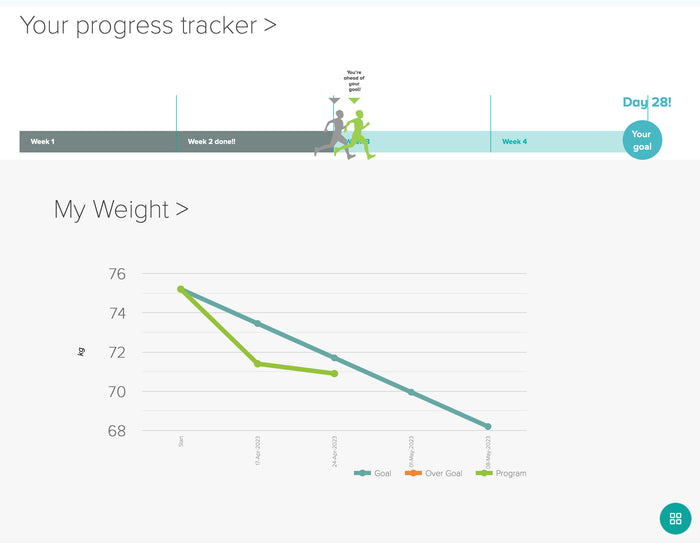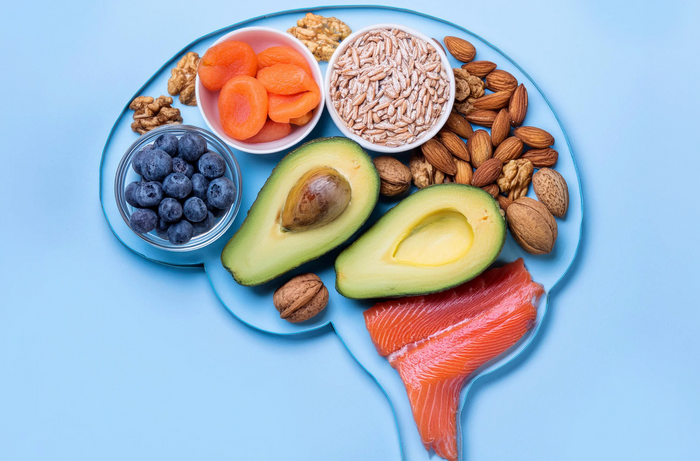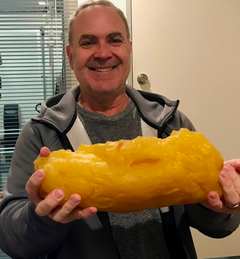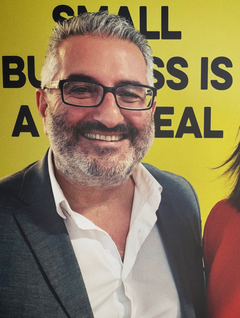While fish are an important part of our diet, overfishing has depleted many fish stocks.
As it turns out, the solution of the fish farm is fraught with issues. Not only are fish farms polluting the aquatic environment and spreading disease to wild fish, farmed fish are also a poor food source, providing fewer healthy nutrients and containing more toxins, which readily accumulate in fat.
In short, farmed salmon may be the most toxic food in the world!
Some alarming facts to consider before purchasing your next fish meal …
- A global assessment of farmed salmon in 2004 found 13 persistent organic pollutants in the flesh of the fish. On average, polychlorinated biphenyl (PCB) concentrations in farmed salmon was eight times higher than in wild salmon
- PCBs are associated with a number of health conditions, including cancer, immunosuppression, neurotoxicity and reproductive and developmental toxicity. Contaminated fish is the most common source of PCB exposure, as the chemicals accumulate and build up in the fat tissue.
- A 2011 study found chronic consumption of farmed salmon caused insulin resistance, glucose intolerance and obesity in mice, all due to the persistent organic pollutants (POPs) found in the fish.
- Flame retardant chemicals found in salmon have raised serious concern, with associated health risks including infertility, birth defects, neurodevelopmental delays, reduced IQ, hormone disruptions and cancer. In fact, flame retardant chemicals have been identified as one of 17 "high priority" chemical groups that should be avoided to reduce breast cancer.
- We really need to know the source of the animals' feed as well as our own. One of the main ingredients in farmed salmon feed is fatty fish such as eel, selected for their high protein and fat content. Unfortunately, many toxins readily bind to fat, so when the feed contains toxic pollutants, so will the fish that consumes it!
- One significant source of fish for farmed salmon feed is the Baltic Sea, which is well-known for its elevated pollution levels. Nine industrialised countries dump their toxic waste into this body of water, which has rendered many Baltic Sea fish inedible.
- According to government recommendations, you should not eat fatty fish more than once a week, and if you're pregnant, fish from the Baltic should be avoided altogether.
- The fish you eat may also contain microplastic, as 13 metric tons of plastic enter the waterways every year. Once consumed, microplastic particles tend to remain in the body and accumulate, becoming increasingly concentrated in the bodies of animals higher up the food chain.
- Wild salmon contains about 5 to 7 percent fat, whereas the farmed variety can contain anywhere from 14.5 to 34 percent. This elevated fat content is a direct result of the processed high-fat feed that farmed salmon are given. As they contain more fat, they also accumulate higher amounts of toxins.
- Half a fillet of wild Atlantic salmon contains about 4000mg of omega-3 and 341mg of omega-6. Half a fillet of farmed salmon from the Atlantic contains just a bit more omega-3 (4961mg), but an astounding 1,944mg of omega-6; more than 5.5 times more than wild salmon.
- While you need both omega-3 and omega-6 fats, the ratio between the two is important and should ideally be about 1-to-1. The standard Australian diet is already heavily skewed toward omega-6, thanks to the prevalence of processed foods and with farmed salmon, that unhealthy imbalance is further increased.
So, which fish is safe to eat?
Unfortunately, the majority of fish, even when wild caught, is frequently too contaminated to consume frequently. One preferred source is authentic wild-caught Alaskan salmon, the nutritional benefits of which still outweigh potential contamination. The risk of wild Alaskan salmon accumulating high amounts of mercury and other toxins is reduced because of its short life cycle, which is only about three years.
Alaskan salmon (not Atlantic salmon) is not allowed to be farmed, so is therefore always wild-caught. Tinned salmon labelled "Alaskan salmon" is a less expensive alternative to fresh salmon fillets.
Remember that wild salmon is quite lean, so the fat marks — those white stripes you see in the meat — are on the thin side. If a fish is pale pink with wide fat marks, the salmon is likely farmed. Avoid Atlantic salmon as it’s almost always farmed.
Another exception is smaller fish with short lifecycles, which also tend to be better alternatives in terms of fat content, such as sardines and anchovies. With their low contamination risk and higher nutritional value, they are a great alternative.
























